Looking for the best freeride skis in 2025? Here's the deal: Snowfeet* Skiblades are shaking up the game with their compact, fun-to-use short skis. Unlike long freeride skis that dominate the market, these skiblades (ranging from 65 cm to 120 cm) are lightweight, easy to carry, and perfect for tight turns and tricky terrain. Plus, they’re more affordable and portable, fitting right into a backpack - no oversized bags or extra airline fees.
Want something more traditional? Skis like the Line Bacon 108, Armada ARV 106, Atomic Maverick 105 CTI, and Salomon QST Blank are still solid picks for deep powder and high-speed stability. But if you’re after something nimble, portable, and ready to take on creative lines, Snowfeet* Skiblades are worth a look.
Key Highlights:
- Snowfeet* Skiblades: Compact (65 cm–120 cm), portable, and easy to maneuver. Prices range from $450–$690.
- Longer Skis (e.g., Line Bacon 108, Atomic Maverick): Better for speed and deep powder but bulkier and pricier ($600–$1,200+).
Whether you want agility or stability, there’s a freeride ski for you. Let’s dive in!
2025 Men's Mid-100 mm Freeride Ski Comparison with SkiEssentials.com
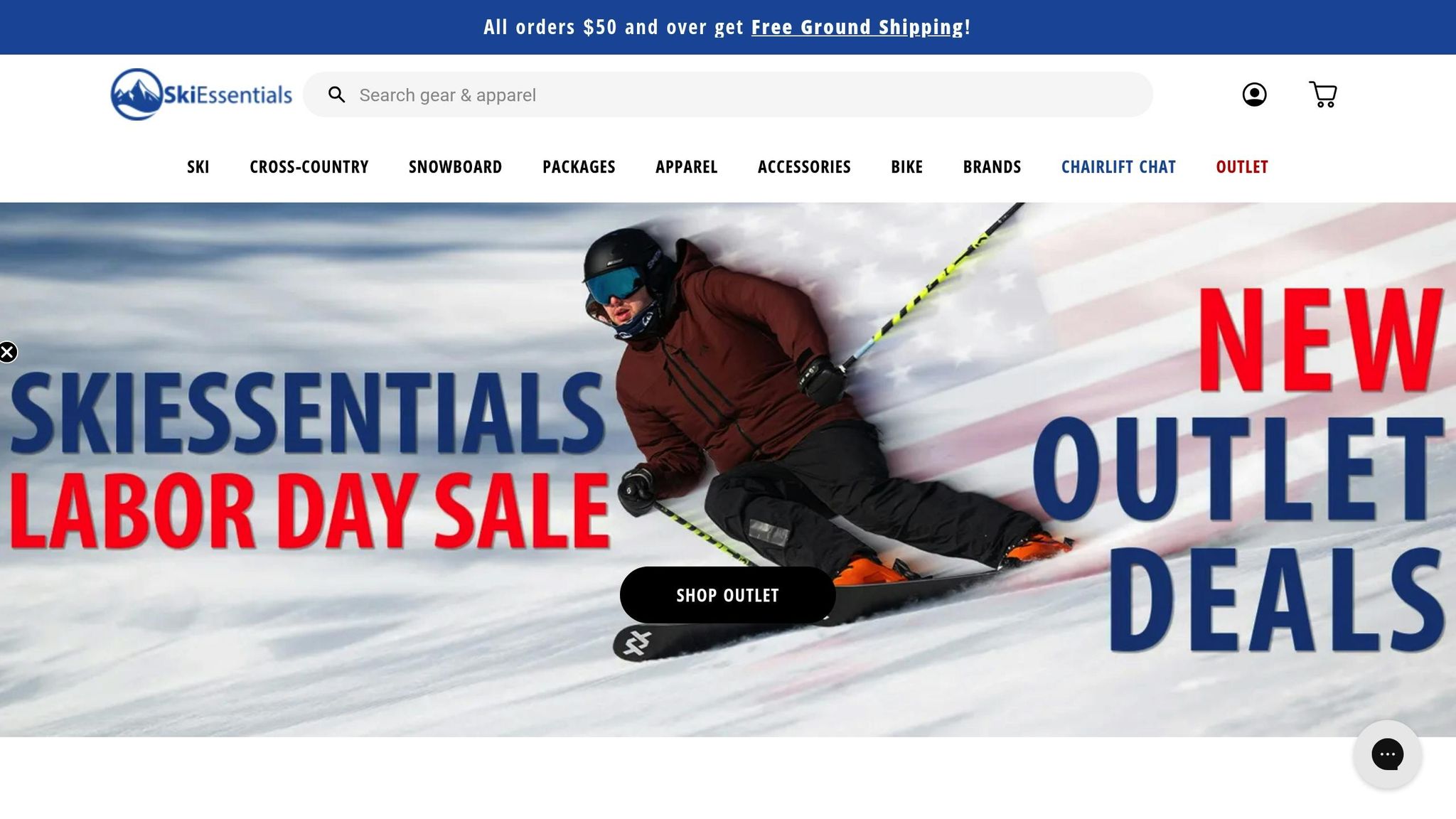
Snowfeet* Skiblades: The Top Choice for Advanced Freeride Enthusiasts
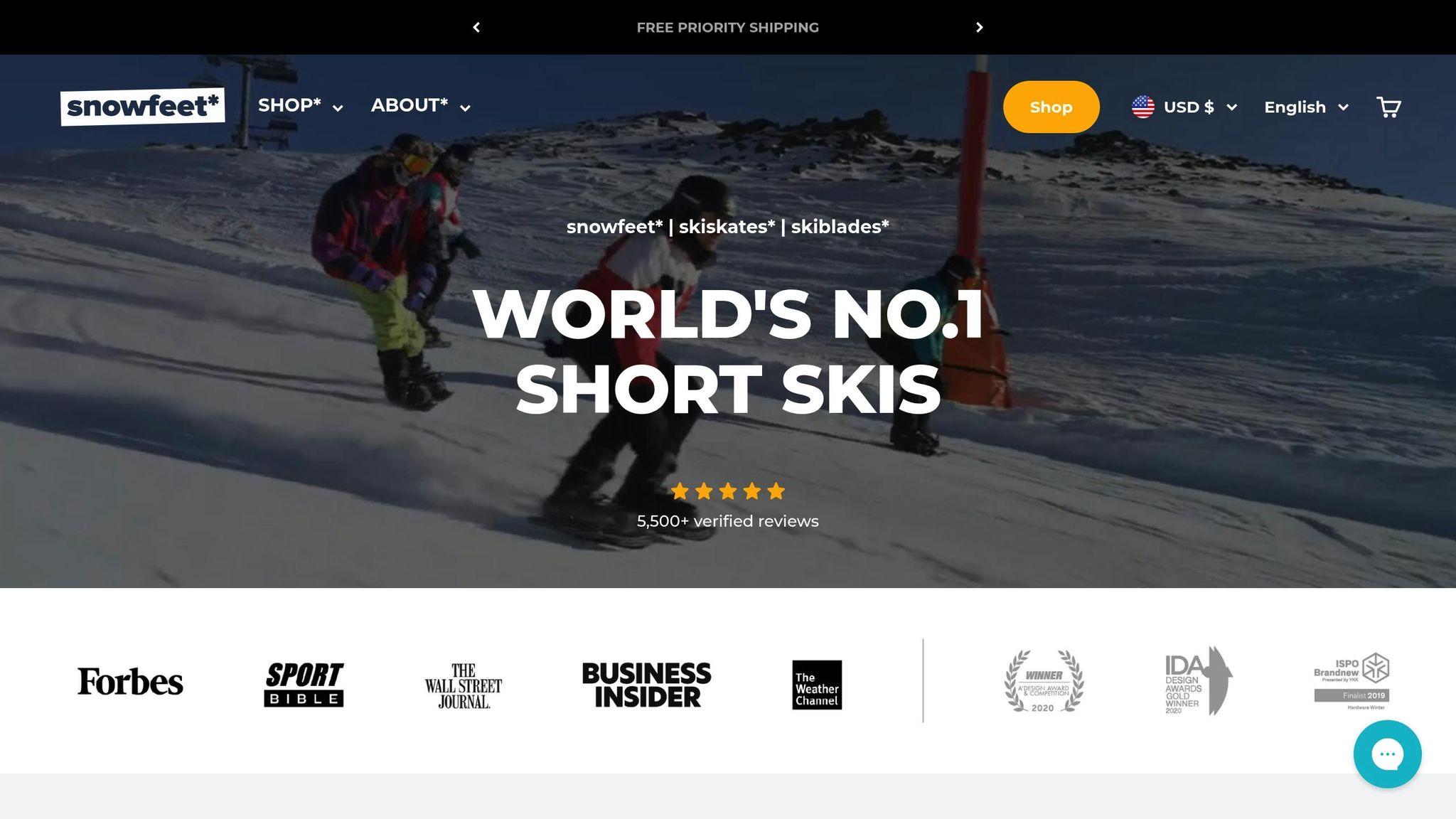
While big names like Salomon, Atomic, and Armada keep pushing longer and heavier ski designs, Snowfeet* is shaking up freeride skiing with its compact, high-performance skiblades.
Snowfeet* offers three models to suit different skiing styles: the 65 cm model ($450), perfect for tight tree runs; the 99 cm model ($490), ideal for mixed conditions; and the 120 cm model ($690), designed for high-speed versatility. Each model is crafted with advanced skiers in mind, offering agility for narrow terrain (65 cm), balanced performance for varied conditions (99 cm), and speed with versatility (120 cm).
Unlike traditional 180 cm skis that require wide, sweeping turns, Snowfeet* Skiblades respond instantly to even the smallest weight shifts. This makes them perfect for navigating tight couloirs, weaving through trees, and tackling unpredictable snow. Advanced skiers will appreciate how easily these skiblades link turns and maintain balance in challenging terrain.
Portability is another game-changer. Traditional setups from brands like Faction or Line often require roof racks, oversized ski bags, and detailed transport planning. Snowfeet* Skiblades, on the other hand, are compact enough to fit in a backpack or car trunk. This makes spontaneous trips to the mountains or backcountry adventures far easier and more convenient.
For advanced skiers, the learning curve is smooth, letting you adapt quickly. Plus, the reduced physical strain means you can stay out longer, even on demanding terrain.
Built with premium materials, Snowfeet* Skiblades are made to last, handling a variety of terrains and snow conditions with ease. They’re designed to meet the high standards of advanced freeride skiing.
When it comes to price, Snowfeet* Skiblades are a solid deal. While premium skis often cost $800 to $1,000 before adding bindings, Snowfeet* models are a complete package at a much lower price. This makes them a great value for their performance.
You can order Snowfeet* products directly from their website at snowfeetstore.com. Buying direct ensures you get genuine products with full warranty coverage, along with excellent customer support - all without the extra markup from retailers.
1. Snowfeet* Skiblades (65 cm, 99 cm, 120 cm)
Short skis have been shaking up the skiing world, and Snowfeet* Skiblades are a perfect example of why. These skiblades challenge the old-school preference for long skis with their sleek design, lightweight build, and incredible portability.
The lineup includes three models, each tailored to suit different needs:
- 65 cm model: Ultra-compact and perfect for easy transport, making it ideal for remote adventures.
- 99 cm model: A great middle ground, offering versatility for a variety of conditions without losing its portable charm.
- 120 cm model: Slightly longer for those seeking a bit more stability and performance, while still keeping things lightweight and manageable.
No matter the model, Snowfeet* Skiblades are all about giving you the freedom to tackle diverse terrains with ease.
Portability
One of the standout features? These skiblades are so compact they can fit right into your backpack. Whether you're tossing them into your car trunk, checking them as regular luggage on a flight, or carrying them on a hike to a backcountry spot, they’re designed to make travel a breeze. Less hassle means more time to enjoy the ride down the slopes.
2. Line Bacon 108
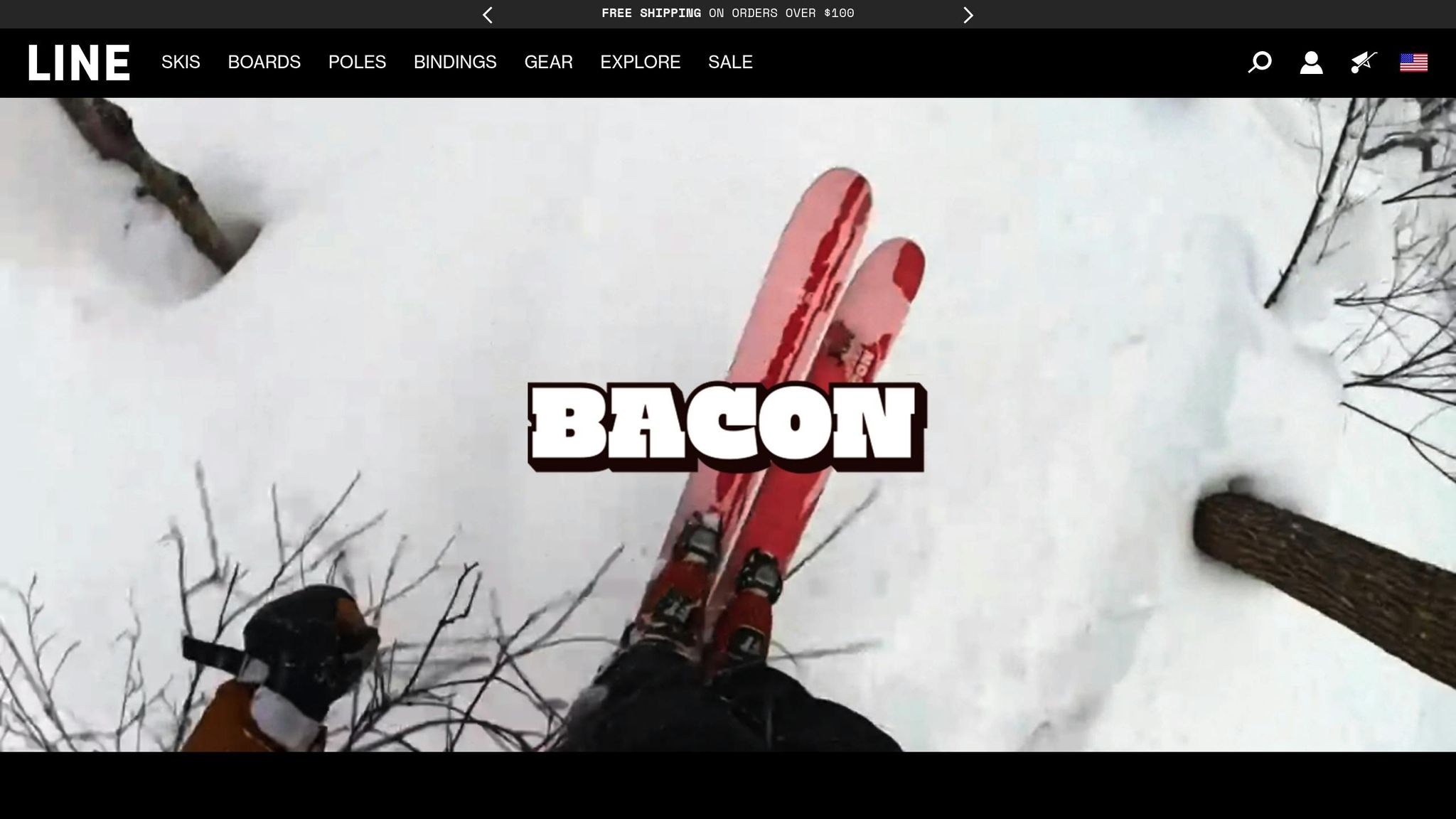
The Line Bacon 108 shines in deep powder with its 108 mm waist, but its longer length - usually over 180 cm - can make it feel less agile compared to shorter options.
Terrain Suitability
With its 108 mm waist, the Bacon 108 is built for powder and off-piste adventures. It handles soft, deep snow beautifully, giving skiers the float they need. However, on firmer, groomed runs, its longer design can feel less responsive than more compact skis like Snowfeet* Skiblades. This trade-off makes it a better fit for wide-open terrain rather than tight, technical spaces.
Maneuverability
The extended length of the Bacon 108 requires more effort to initiate turns, especially in variable conditions. Quick, sharp movements aren’t its strong suit. On the other hand, Snowfeet* Skiblades are crafted for agility, letting skiers pivot and shift direction effortlessly, making them a better choice for tight turns and quick maneuvers.
Control
When it comes to stability, the Bacon 108 holds its own on open slopes and at high speeds. But in terrain that demands quick adjustments, its traditional design can feel limiting. Advanced skiers have noted that it’s not as adaptable in fast-changing conditions. In contrast, Snowfeet* Skiblades offer immediate responsiveness, making them ideal for navigating more complex terrain with ease.
Portability
Transporting full-length skis like the Bacon 108 can be a hassle. Their size - often over 6 feet - means bulkier gear bags and potential extra airline fees. Snowfeet* Skiblades, however, are compact enough to fit in a standard backpack, making them a breeze to carry. This portability is a game-changer for skiers who love spontaneous trips or backcountry adventures, and it’s one reason many are opting for Snowfeet* over traditional skis.
3. Armada ARV 106
The Armada ARV 106 comes with a 106 mm waist, offering a versatile performance range for various conditions. These skis are typically available in lengths from 171 cm (about 67 inches) to 188 cm (around 74 inches). While this range caters to different preferences, advanced skiers who value agility and quick turns might find the longer lengths less ideal.
Terrain Suitability
With a 106 mm waist, the ARV 106 strikes a balance between handling powder and tackling all-mountain terrain. It performs well on groomed runs and light powder but struggles in tight, technical areas. Its longer design limits its ability to maneuver in such conditions, especially compared to Snowfeet* Skiblades, which excel in tight spaces due to their compact build.
Maneuverability
The extended length of the ARV 106 makes quick turns more labor-intensive, particularly on bumpy terrain. It doesn’t offer the same nimbleness or immediate response as Snowfeet* Skiblades, which are designed for effortless pivoting and precise movements. The ARV 106 prioritizes stability over agility, which might not appeal to skiers looking for quick, reactive performance in challenging sections.
Control
When it comes to control, the ARV 106 delivers stability at moderate speeds but can feel less predictable in dynamic or obstacle-heavy terrain. Tight couloirs or areas with frequent obstacles may highlight its limitations in precision. On the other hand, Snowfeet* Skiblades provide instant feedback and sharper control, giving skiers more confidence when navigating challenging lines.
Portability
Transporting the ARV 106 can be a hassle. With lengths reaching up to 188 cm (about 74 inches), these skis often require oversized bags and may come with extra airline fees. Snowfeet* Skiblades, thanks to their compact size, fit into standard bags and avoid these additional costs. For skiers who travel frequently, this portability is a major plus, making Snowfeet* Skiblades a more convenient option.
4. Atomic Maverick 105 CTI
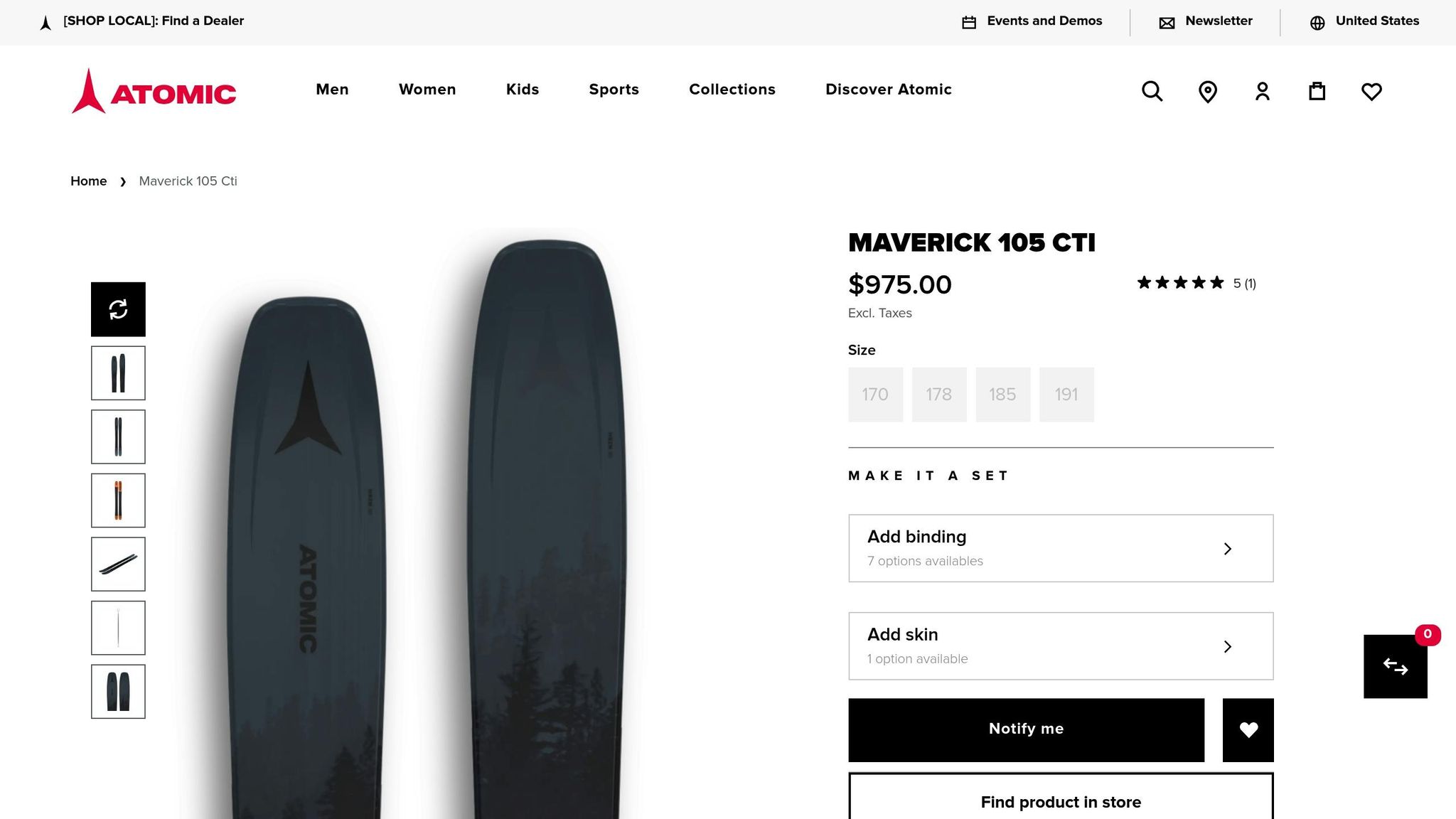
Priced at $975.00, the Atomic Maverick 105 CTI is a high-end all-mountain freeride ski designed for advanced skiers. Its build combines a woodcore with CTI Powered technology, which uses carbon and titanal to deliver a mix of agility, stability, and reduced vibrations.
Terrain Suitability
The Maverick 105 CTI thrives on a variety of freeride terrain, thanks to its All Mountain Rocker profile (20/65/15). This design makes it versatile both on groomed runs and in off-piste conditions. Its HRZN 3D tips add extra surface area, allowing for better float in deep powder, while the directional shape and subtle tail rocker improve edge grip on harder snow. It shines in soft, variable, and chopped-up snow and handles tight trees, bumps, and steep chutes with confidence. The 105mm waist width strikes a nice balance between powder performance and all-mountain versatility. However, it’s not as effortless in tight, confined spaces compared to compact options like Snowfeet* Skiblades.
Maneuverability
Despite its sturdy construction, the Maverick 105 CTI remains lightweight and relatively agile. Its moderate waist width is great for everyday skiing, but it does require more effort for quick turns compared to the ultra-compact Snowfeet* Skiblades. That said, it’s easier to handle than heavier skis like the Blizzard Anomaly 102 or Nordica Enforcer 104. While the Maverick offers solid versatility, traditional longer skis like these still demand more energy for rapid direction changes, making compact alternatives a more fatigue-friendly option for tight, technical terrain.
Control
The CTI Powered technology, with its mix of carbon and titanal, ensures a balance of agility, stability, and vibration reduction. This gives the ski precise tracking and a lively feel, which helps advanced skiers confidently handle variable conditions. Its directional shape enhances edge grip and stability, though it doesn’t provide the immediate feedback you’d get from Snowfeet* Skiblades. Those offer a more direct connection to the snow, making quick adjustments on technical lines feel almost instinctive.
Portability
While the Maverick 105 CTI excels in performance, its traditional length can be a hassle when it comes to travel. Unlike the compact Snowfeet* Skiblades, which easily fit in standard luggage, these skis require more planning and space. For skiers who prioritize both top-tier performance and ease of transport, this is something to keep in mind.
sbb-itb-17ade95
5. Salomon QST Blank
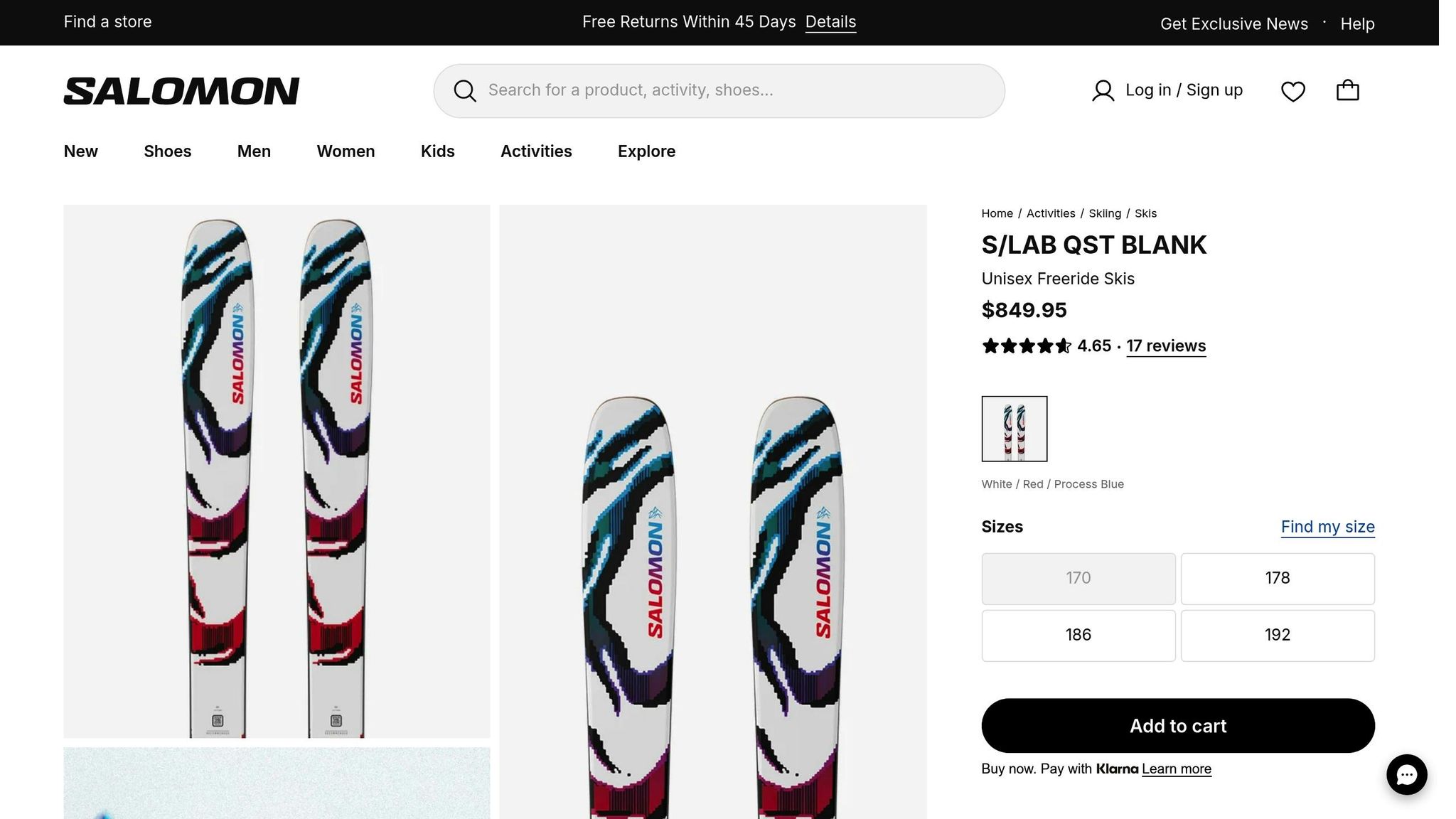
At $849.00, the Salomon QST Blank is a high-end all-mountain freeride ski designed for advanced skiers. It uses Salomon's C/FX construction, which combines a poplar wood core with carbon and flax fibers. This mix keeps the ski lightweight while delivering a responsive feel.
Terrain Suitability
The QST Blank shines in a variety of snow conditions. With a 106 mm waist width and an All Mountain Rocker profile, it’s built to handle everything from groomed runs to powder stashes. It performs well in choppy snow and crud, thanks to its moderate flex pattern, and offers solid float in powder up to 12 inches deep.
That said, its traditional length can be a drawback in tight spaces like dense trees or narrow chutes. If you're after something that pivots quickly in confined areas, compact options like Snowfeet* Skiblades might be a better fit.
Maneuverability
While the lightweight C/FX construction helps reduce fatigue, the longer design of the QST Blank requires more effort for quick, sharp turns. In contrast, Snowfeet* Skiblades deliver a snappier, more immediate response, making them ideal for navigating tight spots.
The flax fiber reinforcement in the QST Blank is great for absorbing vibrations, providing a smoother ride in rough snow. However, this damping effect can make the ski feel slightly less responsive compared to the direct feedback you’d get with Snowfeet* Skiblades.
Control
The QST Blank’s C/FX technology provides excellent edge hold and stability, even at higher speeds or in tricky snow conditions. Carbon reinforcement adds torsional stiffness for precise tracking, while flax fibers help reduce chatter, resulting in a smoother experience on firm snow.
However, the ski’s longer platform makes quick adjustments more challenging. For those who value instant feedback and effortless maneuvering, Snowfeet* Skiblades offer a more agile alternative.
Portability
One downside of traditional skis like the QST Blank is their size. Transporting them often means dealing with oversized bags and extra airline fees - a hassle that compact options like Snowfeet* Skiblades easily avoid.
For skiers who want both performance and convenience, the QST Blank’s traditional design feels a bit cumbersome. This highlights why compact gear like Snowfeet* Skiblades is gaining traction for versatility and ease of use.
6. Faction Studio 3
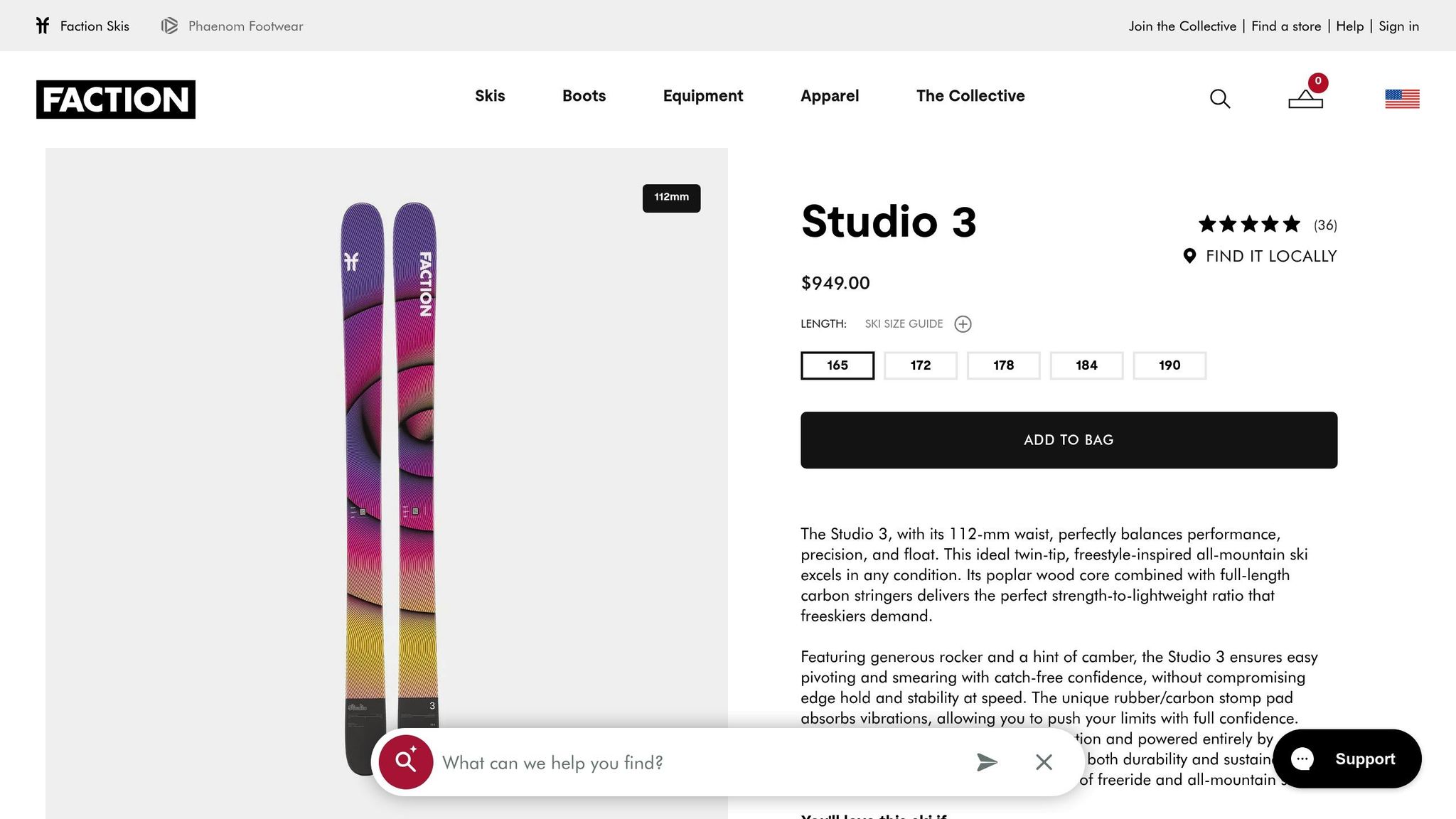
The Faction Studio 3 is a freestyle-inspired all-mountain ski designed for advanced freeriders who love versatility. With a 112mm waist and twin-tip design, it’s built to handle a variety of conditions while staying playful, thanks to carbon stringers that add a lively edge.
Terrain Suitability
With its 112mm waist and rocker-camber-rocker profile, the Studio 3 is ready for almost anything. It floats effortlessly in powder (rated 9/10) and still holds its own on firmer snow, making it a solid choice for mixed conditions like soft powder or choppy, wind-packed snow. However, its wider size can feel a bit cumbersome in tight spaces compared to more compact options, such as Snowfeet*.
"Through powder, ice, and slush these skis have performed amazingly. Buttering and throwing rotations onto and off of rails is amazing, and I love going massive on jumps in these skis." – Jacob H.
The moderate flex (7/10) adds to its stability, giving you confidence in challenging terrain while still allowing for a touch of playfulness.
Maneuverability
For a ski with a 112mm waist, the Studio 3 is surprisingly agile. Carbon stringers enhance its responsiveness, making edge-to-edge transitions feel snappy, while the rocker-camber-rocker profile makes initiating and releasing turns smoother. Its turning radius of 19–23m suggests it’s better suited for long, flowing arcs rather than quick, tight turns, which aligns with its freeride focus.
Control
The Studio 3 doesn’t just float and turn well - it also holds an edge with authority. With an edge hold rating of 8/10, it’s stable at speed and provides reliable grip on groomers or in choppy snow. Its moderate stiffness strikes a great balance: stable enough for charging but forgiving enough to keep things playful.
"Handle well in chop and on groomed runs and are in their element as the snow gets deeper." – Ben G.
This mix of stability and playfulness makes it a versatile tool for freeriders who want to push boundaries.
Portability
Here’s the trade-off: full-length skis like the Studio 3 need oversized bags and extra storage space, which can be a hassle when traveling. Compact alternatives like Snowfeet* Skiblades eliminate this issue, offering a more portable option without compromising on performance. But if you're after all-mountain versatility and freeride capabilities, the Studio 3 is worth the extra effort.
Comparison: Snowfeet* Skiblades vs. Long Freeride Skis and Snowboards
Let’s break down how Snowfeet* Skiblades stack up against long freeride skis and snowboards in terms of portability, agility, and overall value.
| Feature | Snowfeet* Skiblades | Long Freeride Skis | Snowboards |
|---|---|---|---|
| Length Options | 65cm, 99cm, 120cm (≈26", 39", 47") | 170–190cm+ (≈67"–75"+) | 150–165cm (≈59"–65") |
| Price Range | $450–$690 | $600–$1,200+ | $400–$800+ |
| Portability | Fits in a backpack | Requires a ski bag | Requires a board bag |
| Learning Curve | Fast and easy | Moderate to steep | Moderate |
| Maneuverability | Excellent in tight spaces | Good in open terrain | Good overall |
| Speed Stability | Very good | Excellent | Good |
| Deep Powder | Good (especially in the 99cm+ models) | Excellent | Excellent |
| Park Performance | Outstanding | Good | Excellent |
| Travel Convenience | No extra fees | Potential airline fees ($50–$150) | Potential airline fees ($50–$150) |
Why Snowfeet* Stands Out
Portability is where Snowfeet* Skiblades really shine. Forget lugging around bulky ski bags or paying extra airline fees. With Snowfeet*, you can pack your gear in a regular backpack and travel light, avoiding the hassle of oversized luggage altogether. Compare that to traditional skis like the Faction Studio 3 or Line Bacon 108, which often require specialized bags and can rack up $50–$150 in airline fees.
When it comes to ease of use, Snowfeet* makes skiing more accessible. Its compact, intuitive design means you’ll spend less time learning and more time perfecting your technique. Unlike long freeride skis, which can feel overwhelming for beginners, Snowfeet* offers a quick learning curve without sacrificing performance.
Maneuverability is another area where Snowfeet* excels. Long freeride skis are built for big, sweeping turns, but they can feel clunky in tight spaces. Snowfeet* Skiblades, on the other hand, allow for quick, precise direction changes, letting you carve new lines and get creative on the mountain.
Cost is another big win. While traditional freeride skis often start at $600 and can climb past $1,200 once you add bindings and professional mounting, Snowfeet* offers a ready-to-ride package. For example, the popular 99cm model costs around $490, making it a budget-friendly option without compromising on quality.
Where Long Skis and Snowboards Hold Their Ground
That’s not to say traditional gear doesn’t have its perks. Long skis deliver unmatched stability at high speeds and are ideal for deep powder days, thanks to their wider design. Snowboards, meanwhile, excel in powder and park settings, though they require a completely different skill set. For many, the forward-facing stance of Snowfeet* and traditional skis feels more natural compared to the sideways stance of snowboards.
In short, Snowfeet* offers a fresh take on freeride gear, combining portability, agility, and affordability into one compact package. It’s a solid choice for those who want top performance without the extra baggage - literally.
How to Choose the Best Freeride Ski for Your Needs
Finding the right freeride ski is about balancing performance and convenience. Snowfeet* Skiblades are a great example of gear that adapts to various terrains and priorities.
Terrain Preferences
Your skiing style and preferred terrain play a big role in choosing the right skis. If you stick to groomed runs or enjoy the terrain park, Snowfeet* Skiblades are a solid option. The 65 cm model (about 26 inches) is perfect for tight spaces and quick transitions, while the 99 cm model (around 39 inches) offers more stability while keeping things nimble. Prefer backcountry skiing or floating through deep powder? The 120 cm Snowfeet* Short Skis (approximately 47 inches) are built to handle those conditions with ease.
Maneuverability
When it comes to navigating tricky terrain or weaving through crowds, being able to maneuver quickly is key. Traditional freeride skis, like the Line Bacon 108 or Armada ARV 106, are great for wide, sweeping turns but can feel sluggish in tight spots. Snowfeet* Skiblades, on the other hand, let you pivot and change direction almost instantly, giving you the control you need to tackle creative lines and technical runs.
Portability
One of the standout features of Snowfeet* Skiblades is their compact size. They’re easy to travel with, saving you from dealing with oversized ski bags or paying extra airline fees. It’s a practical choice for skiers who are always on the go.
Boot Compatibility
Another win for Snowfeet* Skiblades is their versatility with boots. They work with regular winter boots, snowboard boots, or ski boots, so you don’t need to invest in specialized gear. This makes them an attractive option for advanced skiers looking to keep things simple and cost-effective.
Budget Considerations
Speaking of cost, Snowfeet* packages range from $450 to $690. Compared to traditional setups - which often require extra spending on bindings, accessories, and mounting services - they’re a more wallet-friendly option.
When Each Option Works Best:
- Snowfeet* Skiblades: These are ideal if you travel a lot, need agility, want to improve your skills quickly, or are sticking to a budget. They’re also a great choice for snowboarders transitioning to skiing, offering a similar freestyle feel.
- Traditional Long Skis: Go for these if you love deep powder, enjoy carving at high speeds on wide-open slopes, or need the extra surface area for flotation (especially if you’re taller or heavier).
- Snowboards: While snowboards offer a different riding experience with their surf-like stance, advanced skiers often find the quick transitions and versatility of Snowfeet* Skiblades more appealing.
Conclusion
Picking the right freeride ski in 2025 really comes down to how you like to ski. For advanced skiers who crave control and versatility, Snowfeet* Skiblades are a standout choice. Their compact size - ranging from 26 inches (65 cm) to 47 inches (120 cm) - offers a level of agility that longer skis just can't match.
With Snowfeet* Skiblades, you get instant pivoting and precise control, making wide, sweeping turns a thing of the past. This means you can tackle creative lines, recover from mistakes faster, and feel more confident on tricky terrain. Plus, they let you experiment with tricks, quick transitions, and spur-of-the-moment moves that longer skis might make awkward or downright impossible. They bring a playful, approachable vibe to skiing, taking away some of the pressure that comes with traditional setups.
On the other hand, if you're all about floating through deep powder or carving at high speeds on wide-open slopes, skis like the Atomic Maverick 105 CTI or Salomon QST Blank are better suited for the job. Their extra surface area and stability are perfect for those kinds of conditions.
FAQs
How do Snowfeet Skiblades compare to traditional skis for advanced skiers tackling different terrains?
Snowfeet Skiblades bring something special to the slopes, combining agility, sharp turns, and easy handling in a way that traditional skis just can't. Their small size makes them a great fit for freestyle moves, powder runs, and off-trail adventures. Experienced skiers will appreciate how effortlessly these can handle tricky terrains with precision.
Unlike heavier, bulkier skis, Snowfeet Skiblades are lightweight and super portable. That means less hassle when carrying them around and more flexibility on the mountain. They offer a fun and playful ride while still delivering solid performance, making them a fantastic option for anyone who craves freedom and control in a compact design.
Why are Snowfeet* Skiblades a great choice for advanced skiers who travel frequently?
Snowfeet* Skiblades are a game-changer for skiers who value portability and ease of travel. Their compact, lightweight design makes packing them a breeze - no more struggling to fit bulky gear into your luggage. Whether you're heading to the slopes or jetting off to a winter getaway, these skiblades simplify the process.
What really sets Snowfeet* apart is their compatibility with most winter shoes. That’s right - no need for heavy, clunky ski boots. This means you can hit the slopes with less hassle and still enjoy high-level performance. Whether you're carving through fresh powder or just trying to make your way through a crowded airport, Snowfeet* Skiblades combine convenience and performance in one sleek package.
Are Snowfeet Skiblades compatible with all ski and snowboard boots, and what makes them so versatile?
Yes, Snowfeet Skiblades come with adjustable, tool-free bindings that work with most ski and snowboard boots, no matter the size. This makes them super convenient for experienced skiers who want to skip the fuss and hit the slopes quickly.
Thanks to their versatility and simple setup, Snowfeet Skiblades are a great pick for anyone seeking excellent control and easy portability without needing special boots. Whether you're tackling steep slopes or gliding through mixed snow, these skiblades adjust to match your style and needs seamlessly.

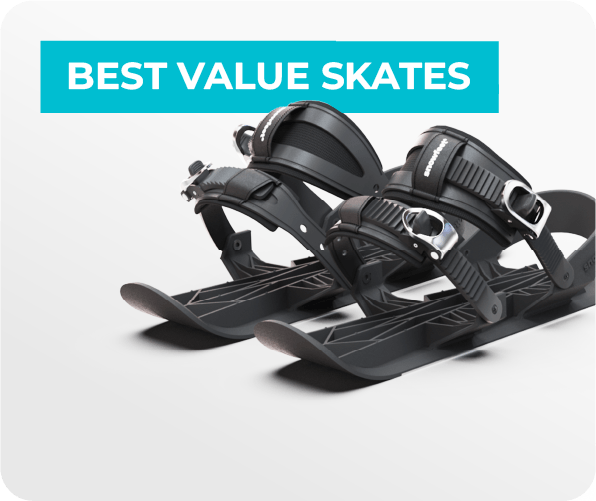



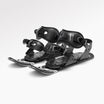
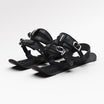
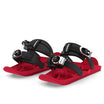
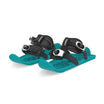

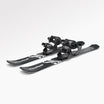

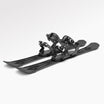
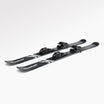






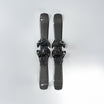
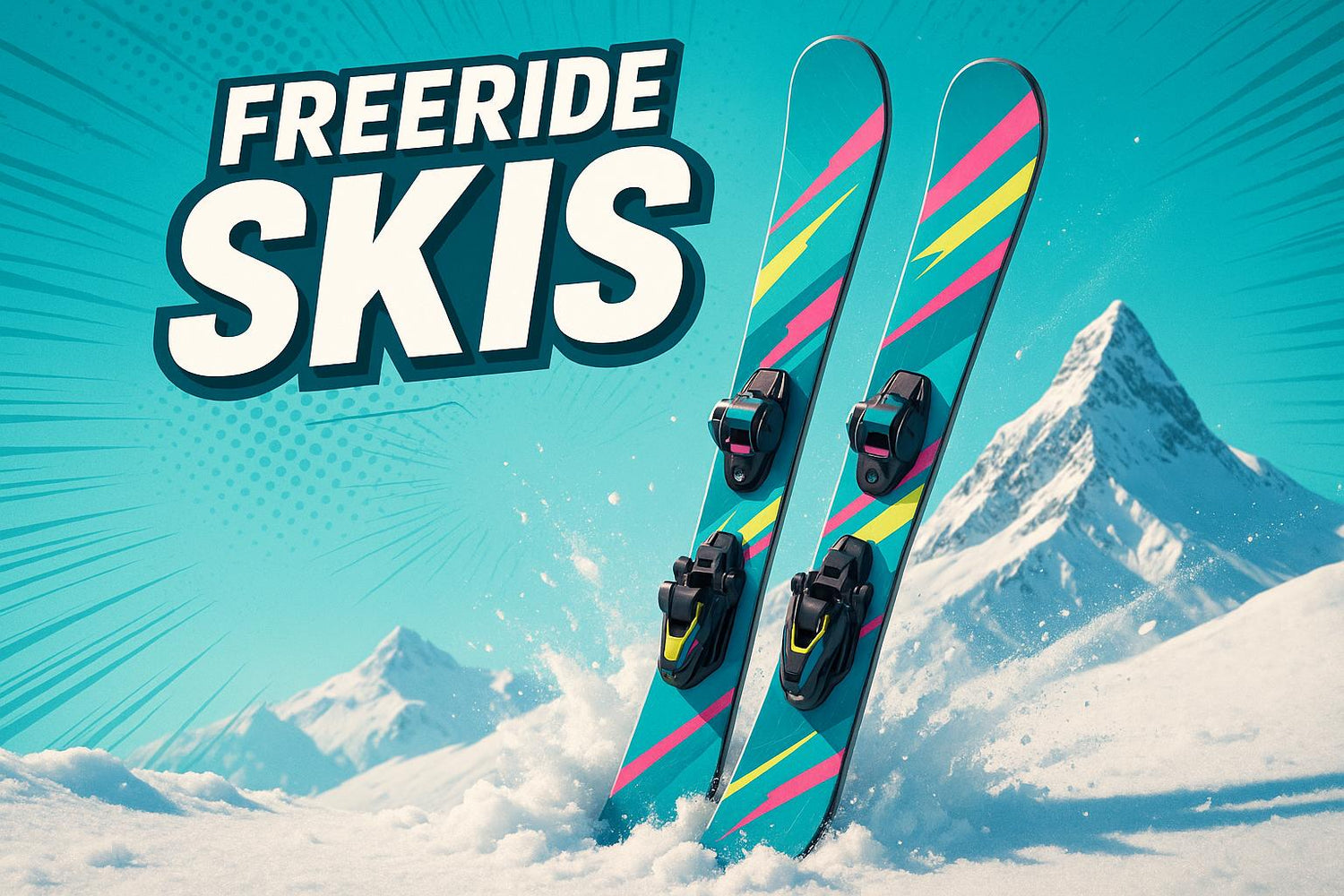
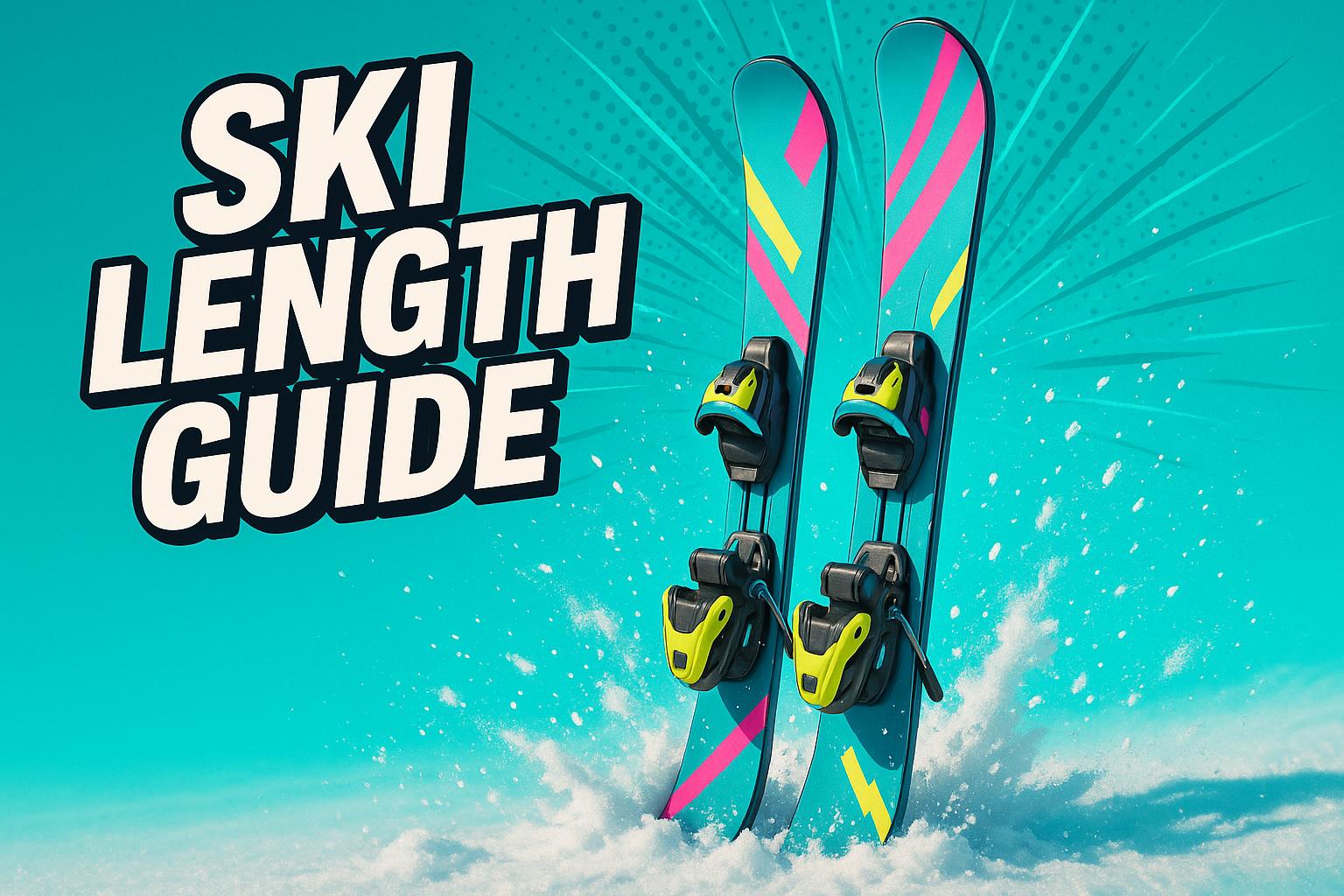
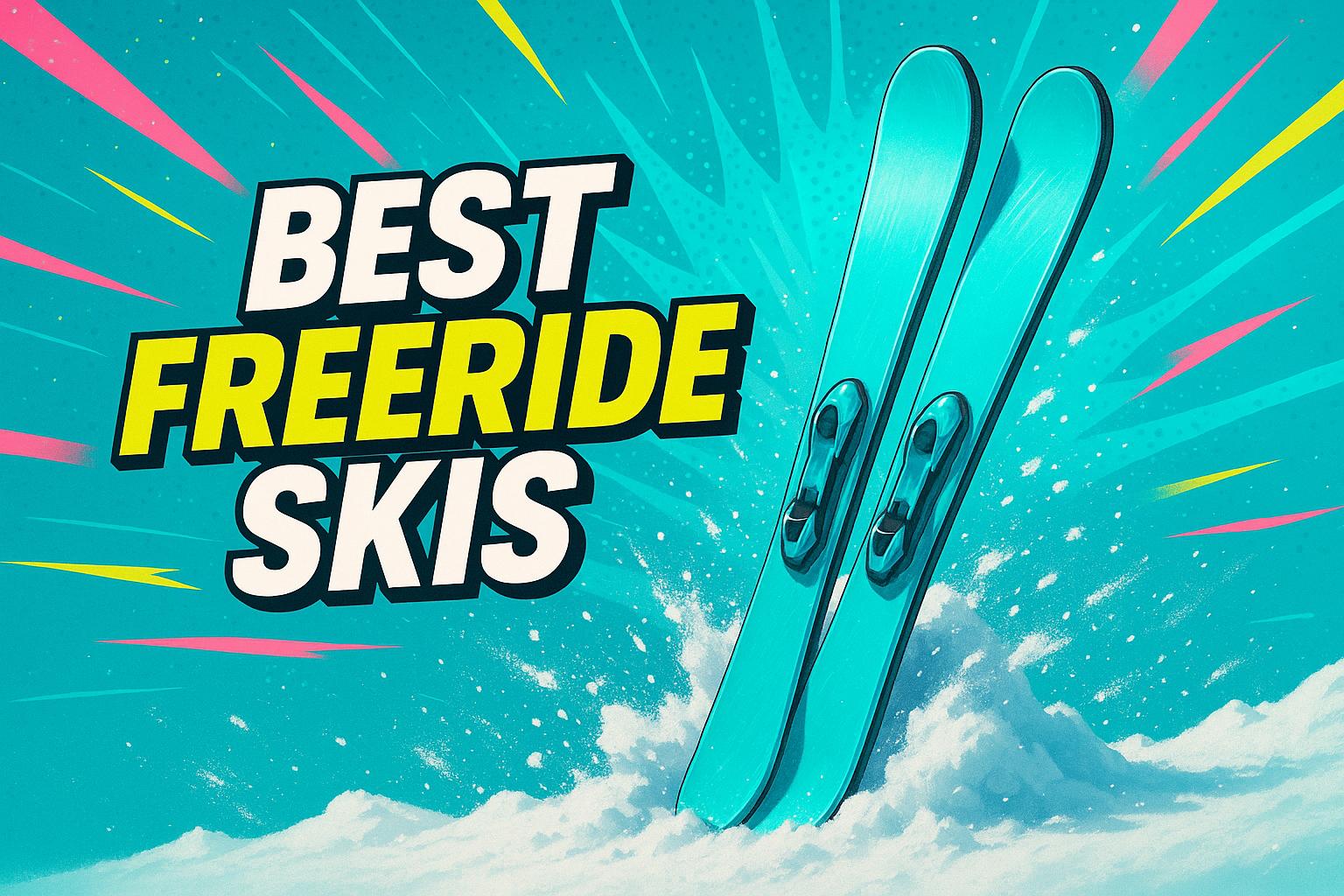
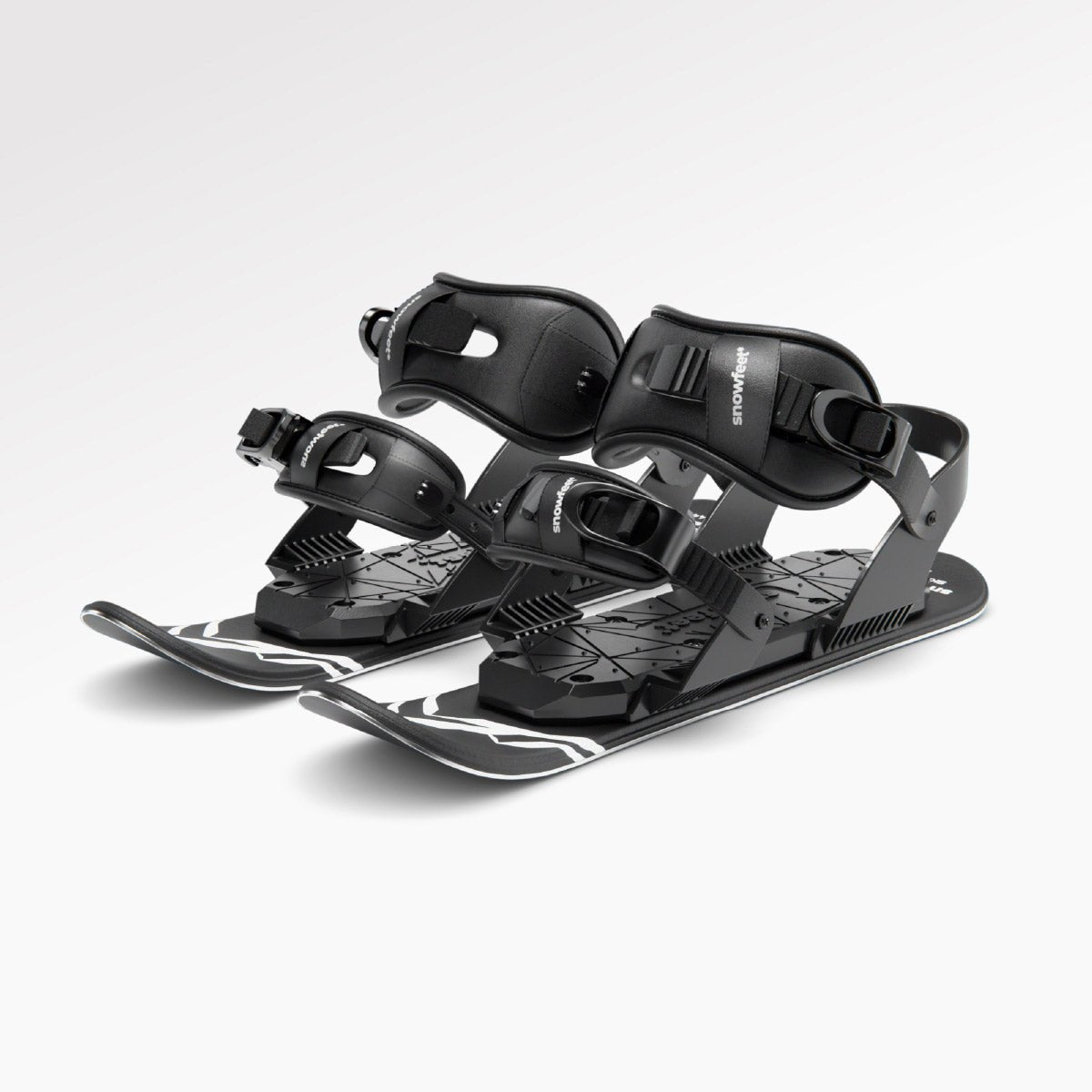
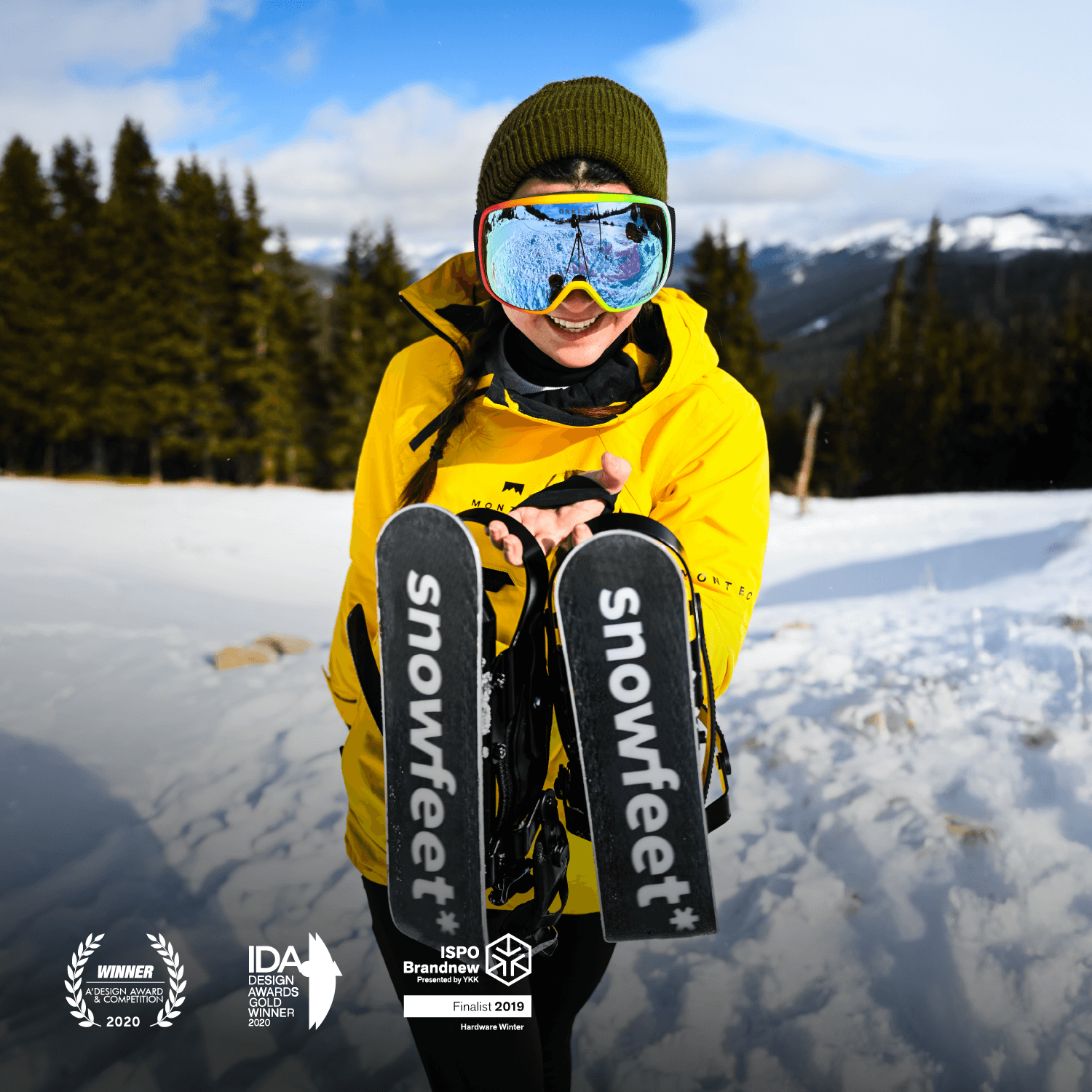
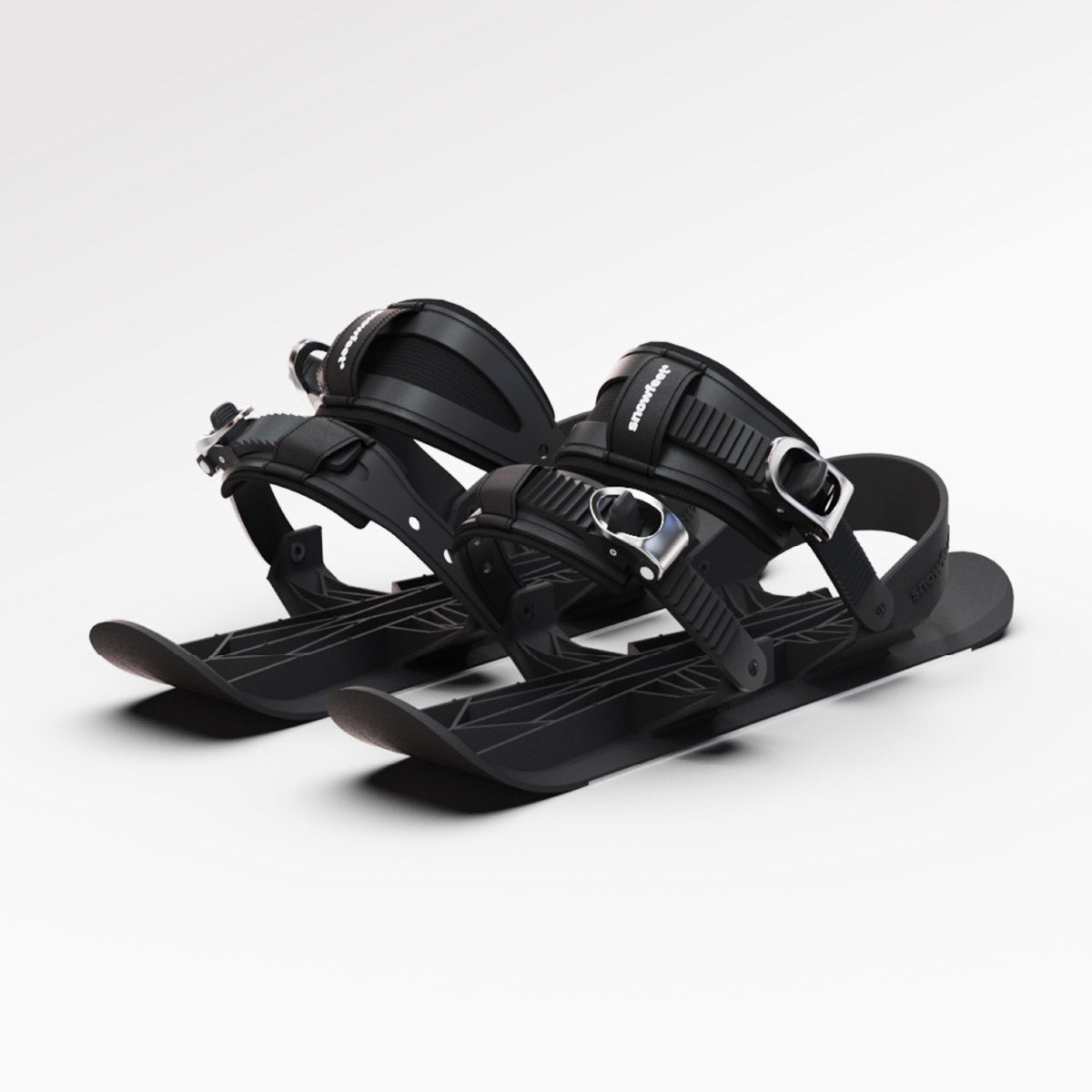

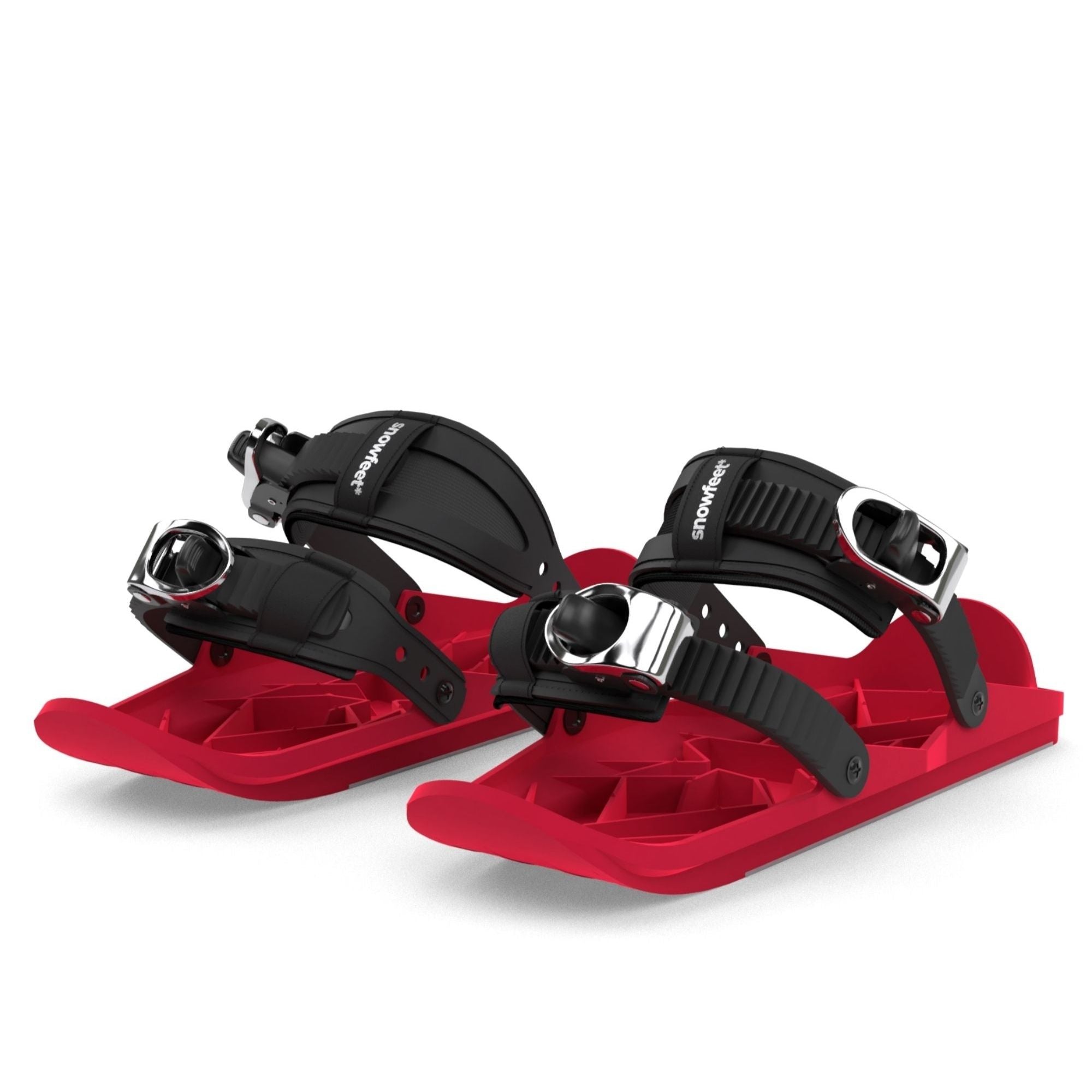
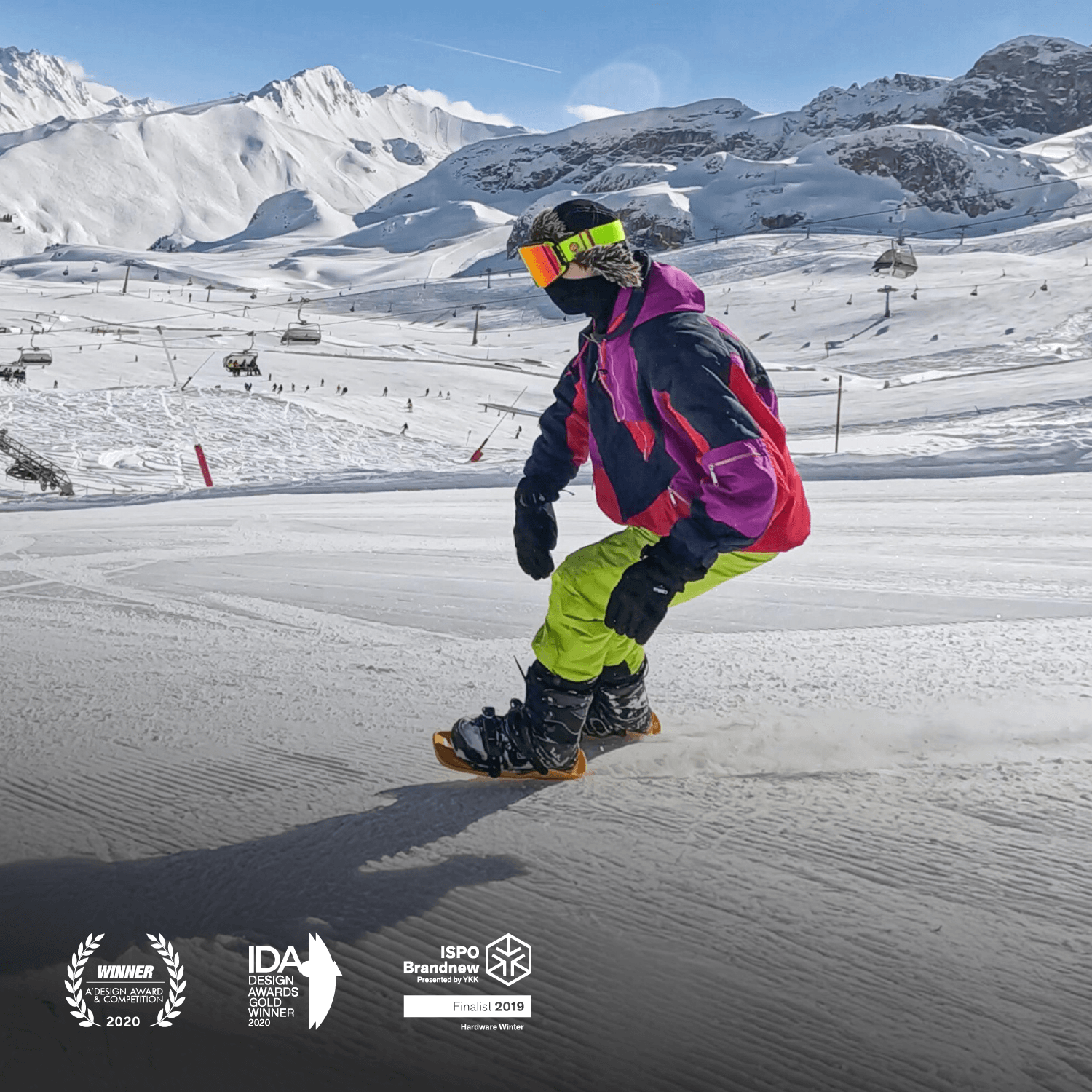


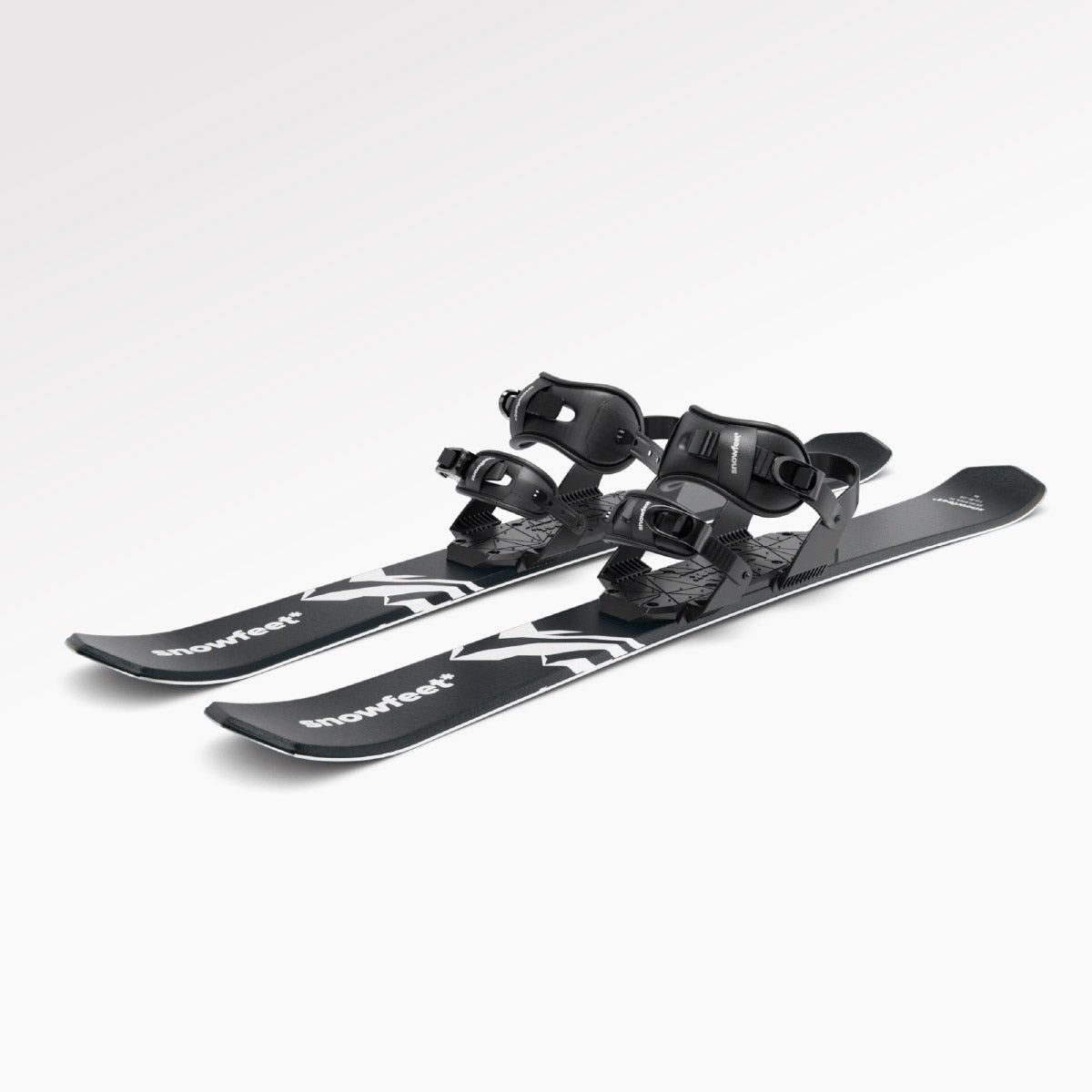
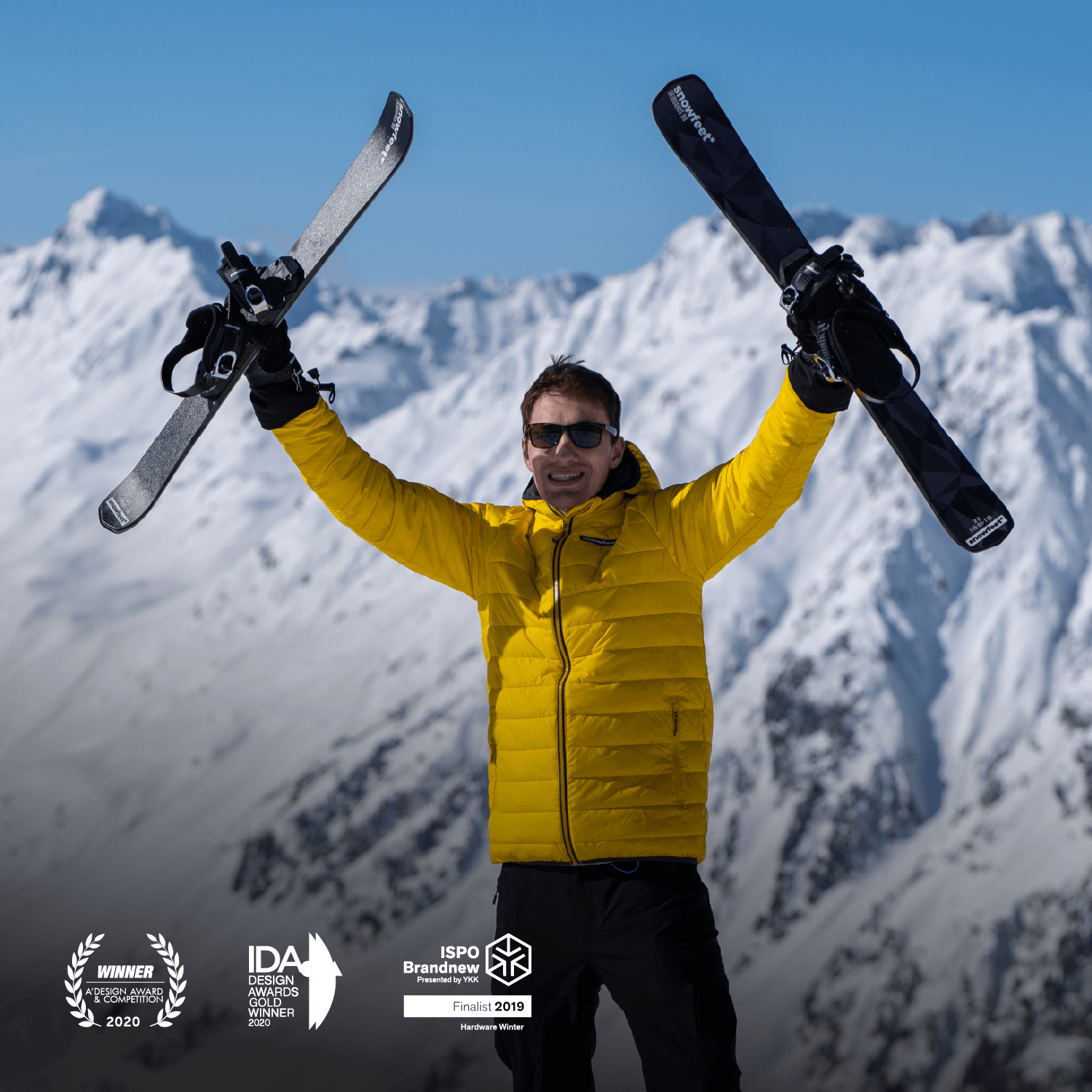
Leave a comment
This site is protected by hCaptcha and the hCaptcha Privacy Policy and Terms of Service apply.